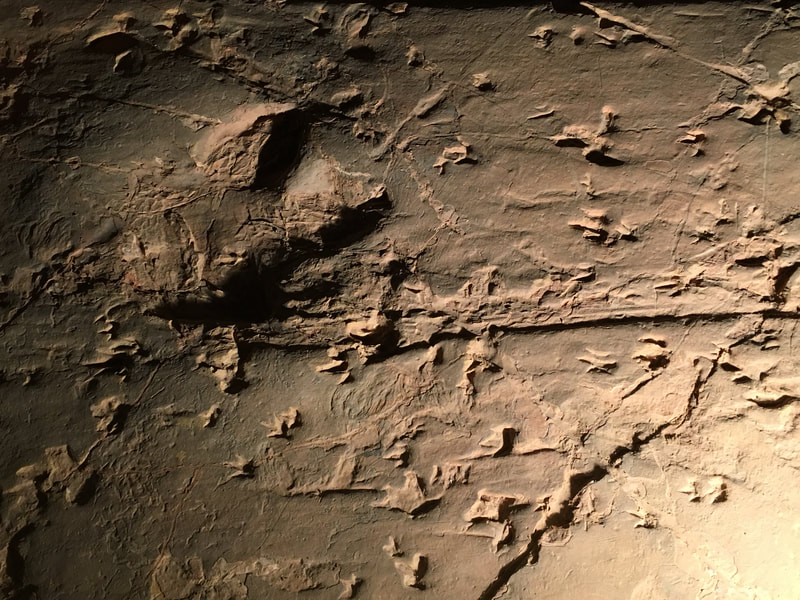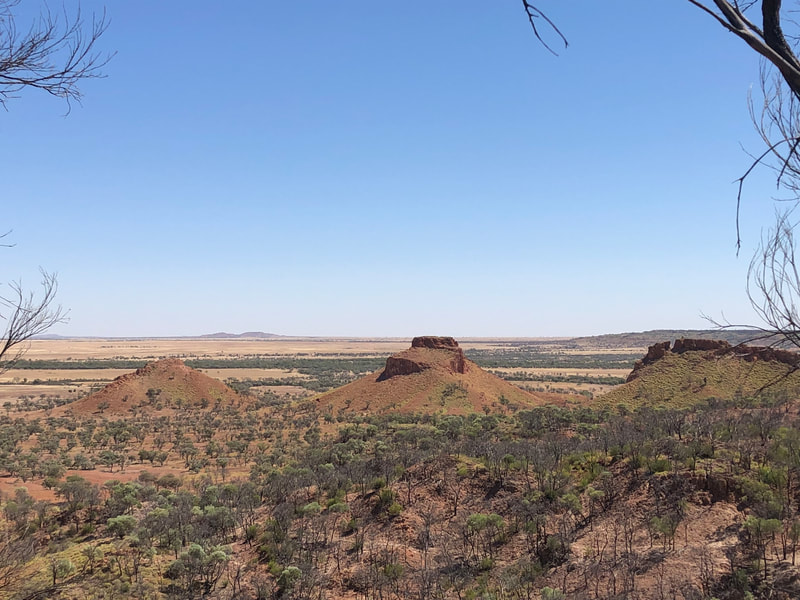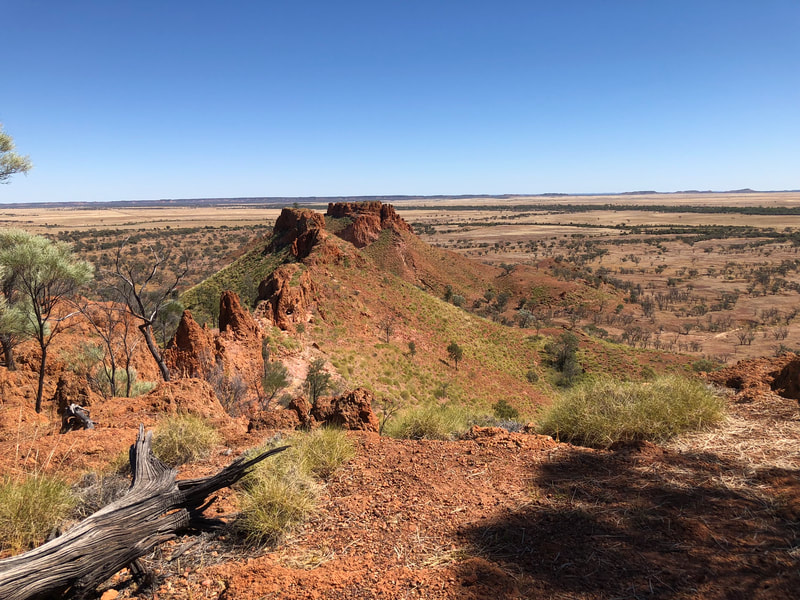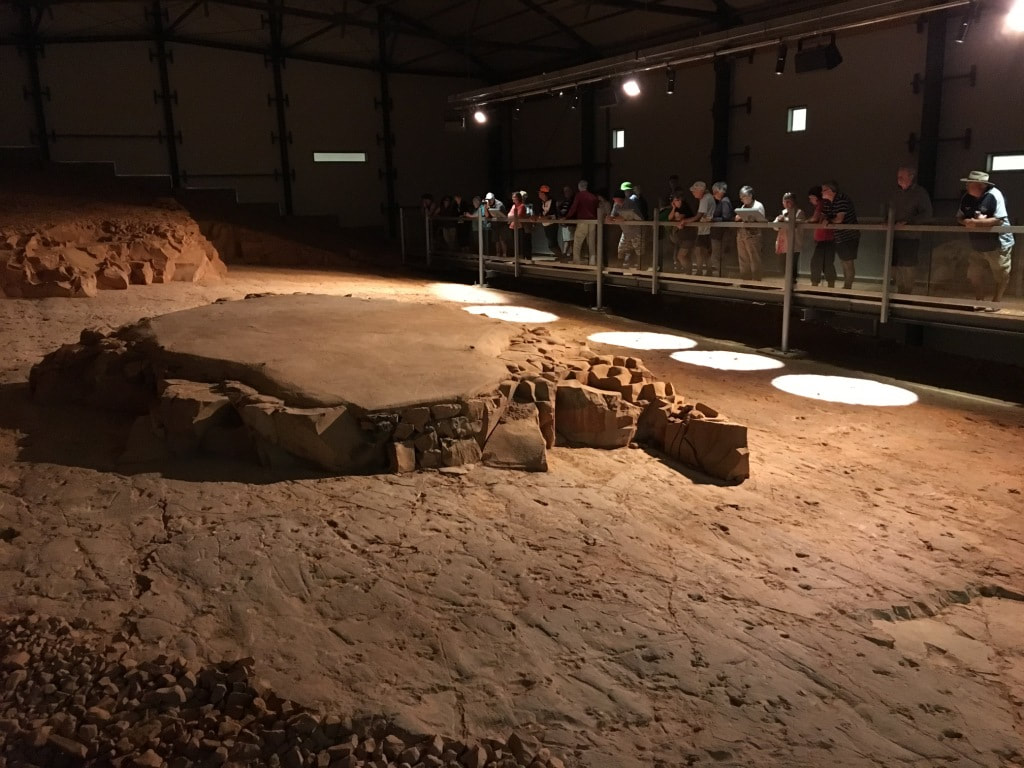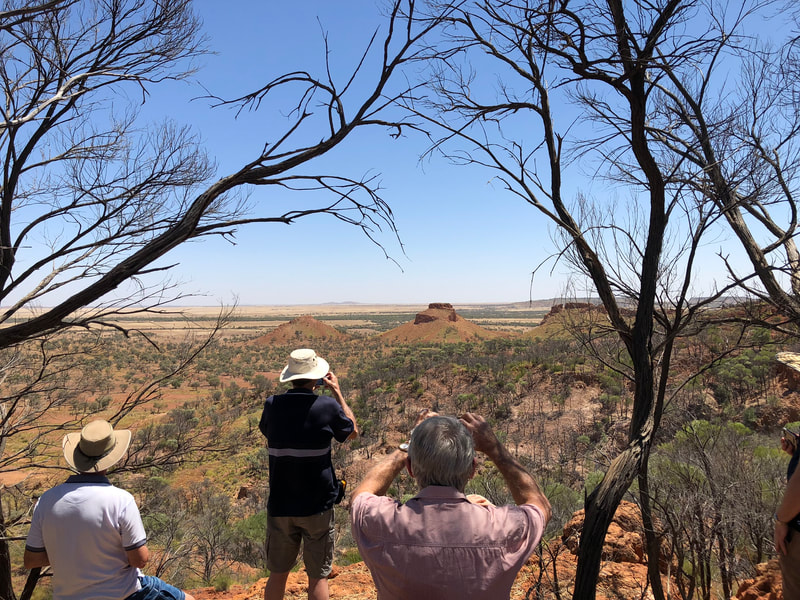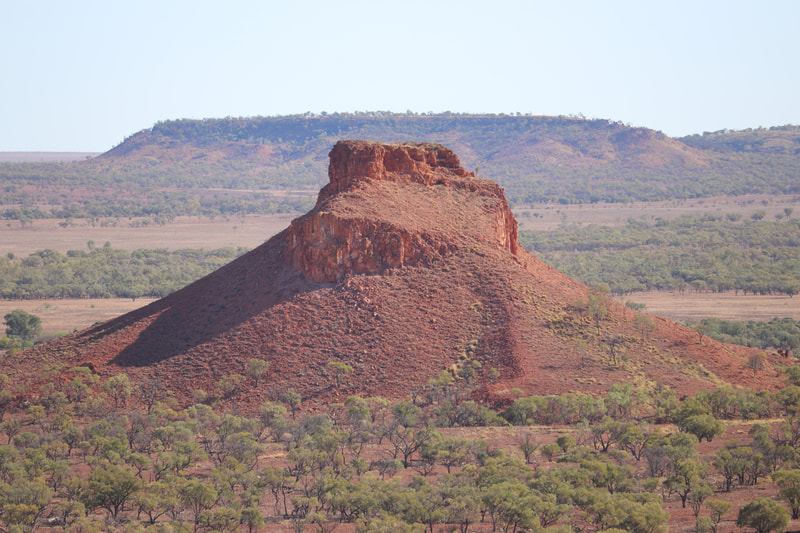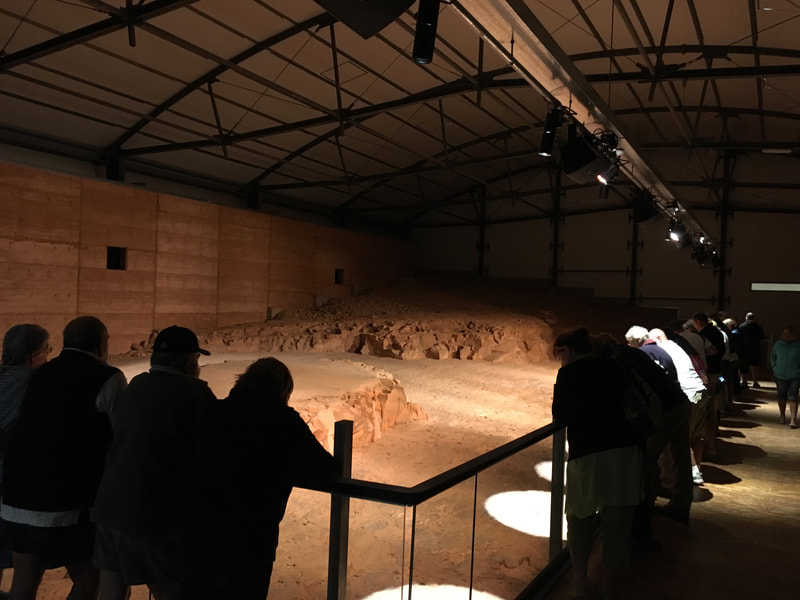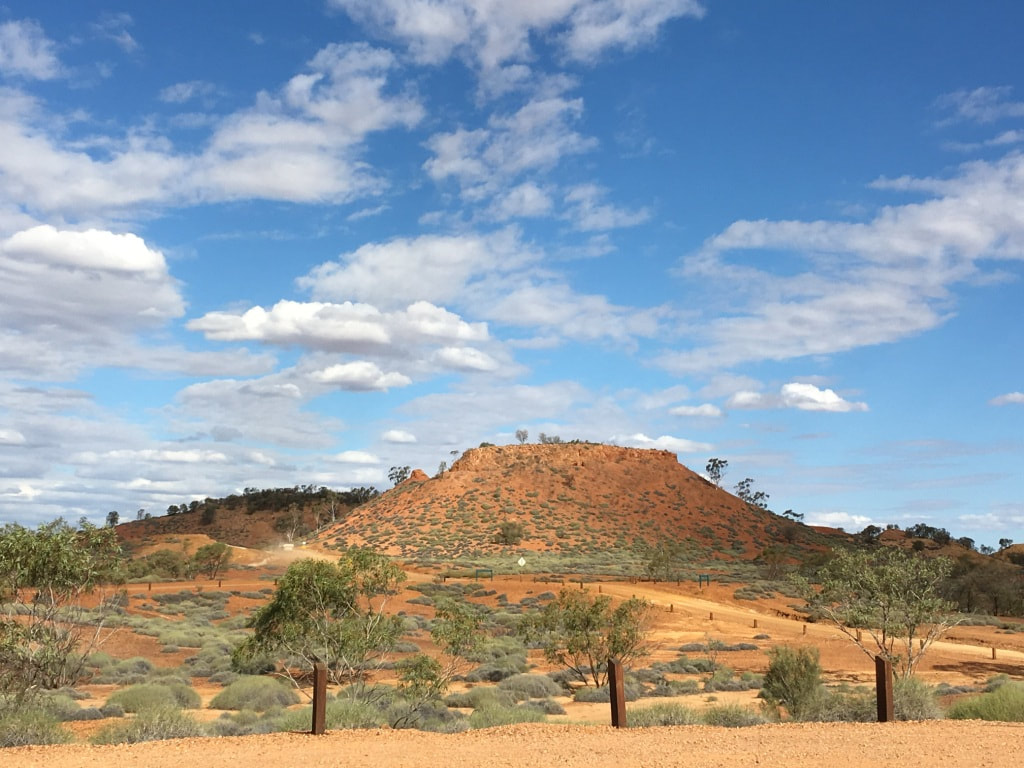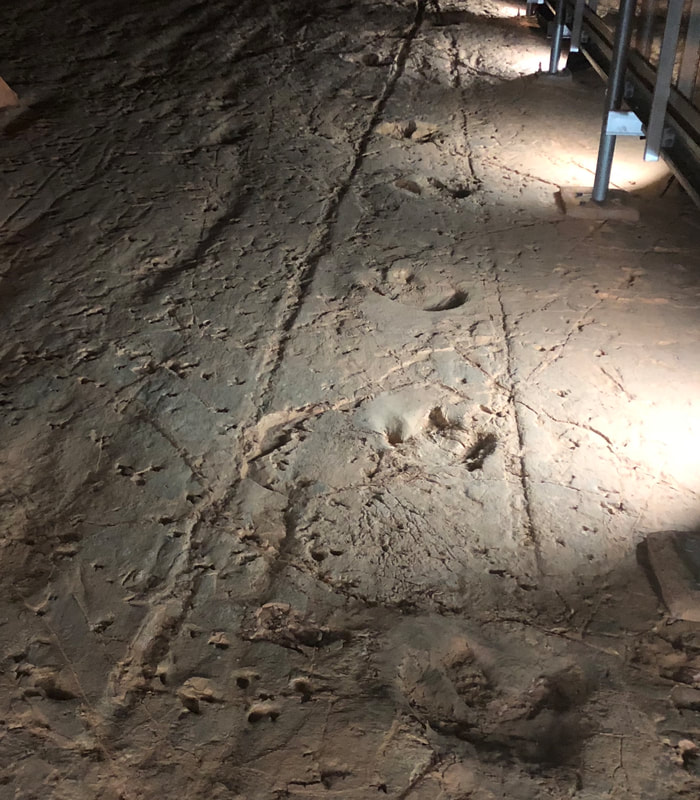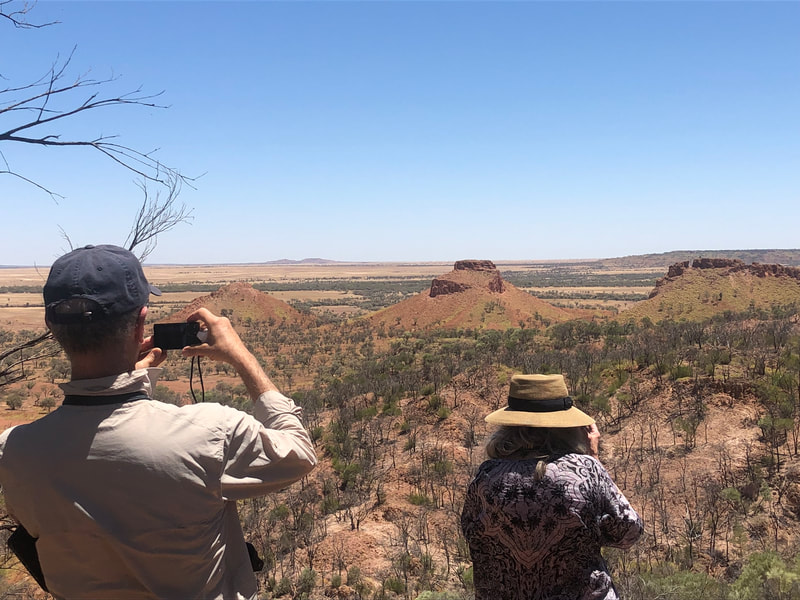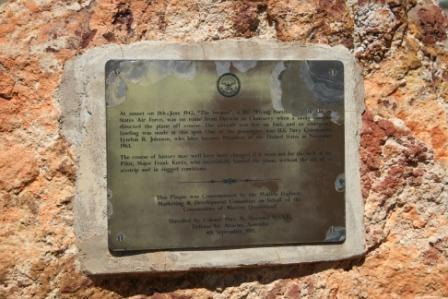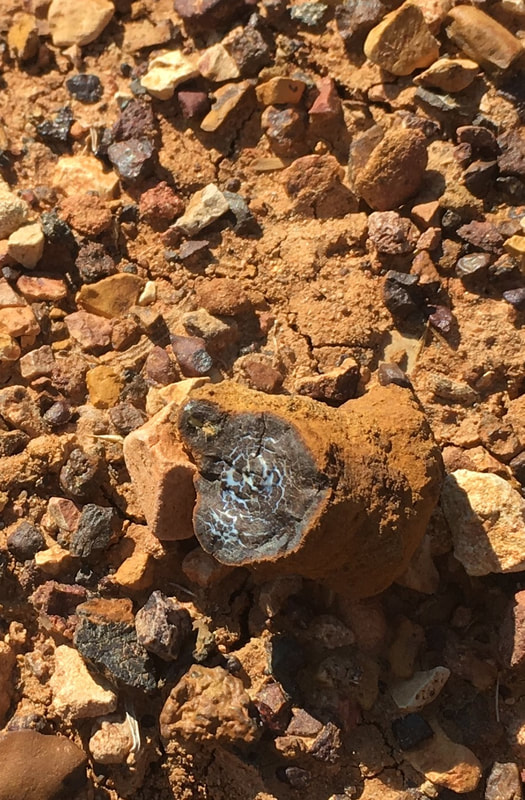DINOSAUR STAMPEDE AND CARISBROOKE STATION DAY TOUR
Tour Includes:
- Site tour at the Dinosaur Stampede at Lark Quarry
- Morning tea
- Lunch
- Access fee to Carisbrooke Station (private property)
- Airconditioned vehicle
- Small groups
Departs: Monday and Thursday
Duration: 7.5 hours
Time: 8.30am to 4.00pm
Tour Includes:
- Site tour at the Dinosaur Stampede at Lark Quarry
- Morning tea
- Lunch
- Access fee to Carisbrooke Station (private property)
- Airconditioned vehicle
- Small groups
Departs: Monday and Thursday
Duration: 7.5 hours
Time: 8.30am to 4.00pm
|
PRICE
Adult: $185 Senior: $180 Child: $120 Family (2+2): $550 |

